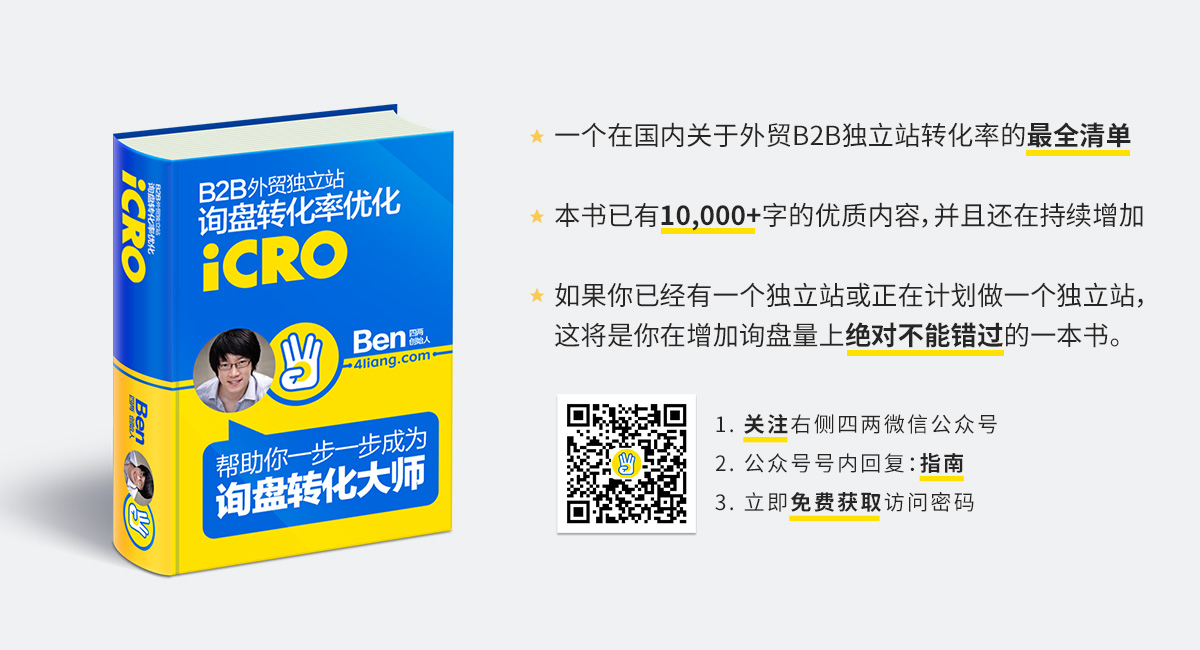01
文章创作
1 确定关键词
即使你已经知道要写什么,你也要确保得到一个高容量的关键词列表,以便在文章中包含这些关键词,为SEO做好充分准备。
关键词方面的事情其实不是ChatGPT的强项,所以更建议使用SEO工具:
- 免费工具:
Google Keyword Planner 和 Google Search Console - 付费工具:
如Ahrefs、SEMRush、KWFinder等
你要在这些SEO工具中仔细检查你的关键词,以获得搜索量和难度数据,并验证这些关键词确实是人们正在搜索的,那样你就可以选择大家最感兴趣的话题来进行写作了。
当然了,ChatGPT也可以帮助你获得更多关于关键词的灵感,然后你将使用这些工具进行验证,你可以使用这个prompt:
What are some related keywords on the topic of [topic]?
也可以用它来对某个话题进行进一步的了解和分析:
What are some blog posts you could write to appeal to users with transactional intent on the topic of [your topic]?
2 准备一些常见问题
回答问题往往是克服写作障碍的有效方法,你能自己写下的笔记越多,并反馈给ChatGPT,你将得到质量更好的文章。
这对SEO也很有帮助,因为很多人在搜索栏中也会输入这些问题。因此,在你的文本中包括这些问题(你也可以把问题作为文章的标题),将为该搜索提供一个有效的长尾关键词匹配。
Prompt:
What are some frequently asked questions on this topic?
3 为ChatGPT提供背景信息
在开始之前,你需要先为ChatGPT给出一些重要的背景信息,添加关键词,并对文章语气和风格提出你的要求和想法。
你可以说:Do not start writing the post yet. Please wait for my instructions. 这样,它就不会不按照流程就开始了。
Prompt:
I want you to act as a blogger and [topic] expert. You are writing a blog post for your [industry] blog. The topic of the post will be [what the post is about]. This post should be helpful for people [choosing/buying/researching/learning etc…].
It should direct them to [take an action]. There should be a call to action at the end of each section.
The length of the blog post will be [number] to [number] words.
The tone will be [informal/ helpful/ persuasive/ professional/ authoritative etc…].
You should be writing as an individual blogger with a personal approach so do not use plural first-person to refer to yourself e.g. “our”, “we”. Only use singular first-person. Do not use passive voice.
I want you to include these keywords:[keywords you want to rank for]
Here is the list of [things if this is a listicle post]:[thing1][thing2]
Do not start writing the post yet. Please wait for my instructions.
4 创作标题 Title
你可以问:
Please write 10 title ideas for this blog post
或者:
Write 10 alternative titles for “[Your draft blog post title]”
第二个prompt是如果你已经有了一个标题方案,然后你想看看用不同的词语组合的一些变化。
以此为灵感,你将能够相当迅速地想出高品质的标题。这对你来说是一个很省时间的方法,因为要写出一个有趣且包含关键词的标题不是一件容易的事情,而且标题对一篇文章来说太重要了。
5 创作元描述 Meta Description
另一项小任务是让ChatGPT为你写元描述 Meta Description:
Please write a meta description for this article
6 创建文章大纲
大纲创造非常有用,也是撰写文章前的最后一步:
Create an outline for the article
这个prompt可以得到一个要点清单,也就是一篇博文的一般结构。
例如:一篇典型的博文会有介绍、好处、例子、技巧、窍门,以及结论等部分。
在你看到大纲后,你可以要求它做一些编辑。我建议你不要急于完成这个阶段,因为打磨大纲可以让最终的文章产生最大化的收益。
你也可以提供ChatGPT一些你之前写笔记:
Please incorporate these ideas into the outline:
– [Your notes as bullet points]
7 撰写文章大纲的每个部分
设置完成后,你就可以开始让ChatGPT写文章了。
你可以要求ChatGPT写出实际的文章,它将根据最终的大纲,同时利用它对整个对话的记忆来完成写作。
然而你最好一个部分一个部分地让ChatGPT来创作内容,而不是一口气把内容全部写出来,有这么几个原因:
- 如果你要求它写一篇完整的2000字的博文,可能会导致输出失败或内容品质不高
- 一个部分一个部分地输出内容可以控制质量,然后你可以不断观察它给你的东西并加以改进
所以你可以要求:
Write the introduction
如果一切顺利,你可以继续说:
Proceed to write the next section
根据需要多次使用 “proceed to write the next section”,直到文章完成。
有几个小提示:
- 如果它在写到一半时突然停止,没有完成,你只需输入 “continue”即可
- 你也可以为每个部分定义一个字数长度,例如:Write a 300 word introduction
02
文章审核和完善
1 对人工智能生成的内容进行人工编辑
至此,你已经有一篇完整的文章了,你可以做一些人工编辑和改写。
不要偷懒,你只需30分钟的编辑和改写,你就可以文章从明显就是机器人写的,变成一篇高质量和有帮助的文章,下面是我建议你做的一些事情:
- 对所有内容进行事实核查,因为你可能也听说了,AI可以脸不红心不跳地自信说出与事实完全相反的内容
- 用不同级别的标题对你的文章进行格式化,添加链接,增加bullet list,增加call to action,以利于SEO
顺便说一下,你可以用ChatGPT来建议在文章的什么地方可以添加链接,并把这些词加粗,这样就很容易看到,你可以只用这个prompt:
Suggest where to add links in this text. Output the same text, but make the text that could be a link bold. - 添加图片和图片的alt信息
- 删除你觉得过于普通或无价值的内容
- 添加一些你自己的写作风格
2 改进写作
在你对博文进行了编辑之后,你要修正你自己的人为错误,如拼写和语法以及句子结构。
所以现在你可以把最终的内容再次放回Chat GPT中进行最后的打磨。为了确保保持片段的简短,不要一次给它超过300字左右,否则它可能会反应迟钝,当然了,这个要根据你使用的ChatGPT的具体版本来看。
下面是一些你可以使用prompt:
- Proofread this:
- Fix the spelling & grammar
- Expand or summarize a specific section
- Change the tone, more formal/informal/friendly
- Rewrite this using simpler language
- Add some humour
- Add relevant emojis as bullet points (great for social media)
3 提示
你在实际操作的过程中,你可以不用严格地按照上面的顺序操作,也不一定每个prompt都要写,你可以根据自己的情况来做出最好的判断和取舍。


